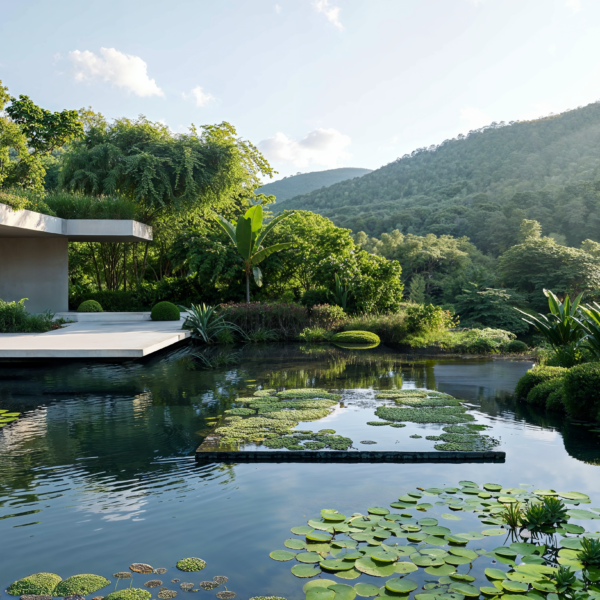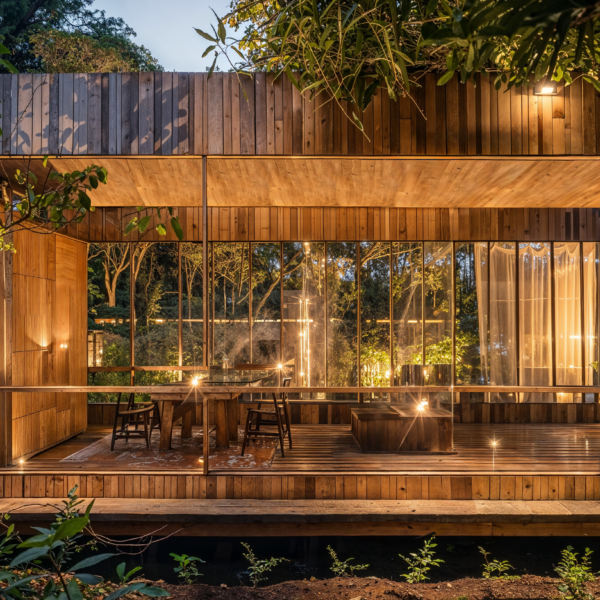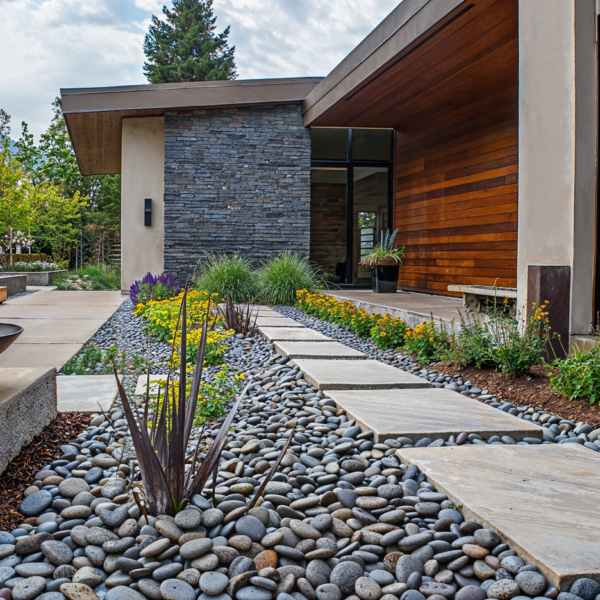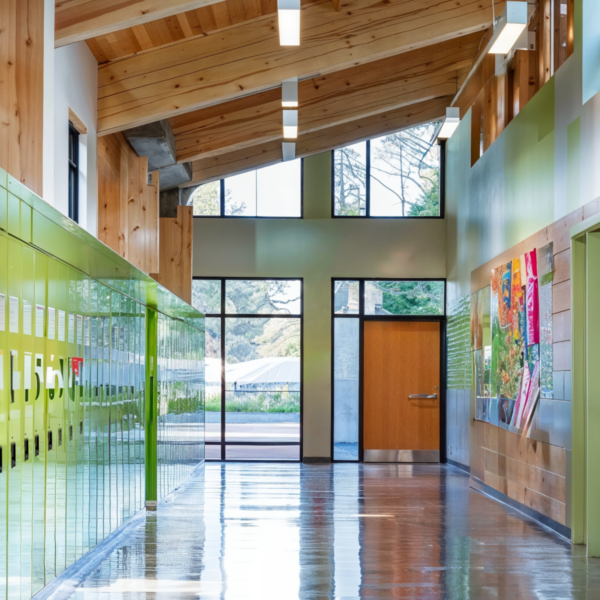
As universities push the boundaries of research and innovation, the design of their laboratories has evolved to reflect a commitment to sustainability. Sustainable university laboratories are not only designed to enhance research efficiency but also to minimize environmental impact. Through thoughtful selection of materials, colors, design strategies, and attention to function and ambiance, these laboratories embody the principles of eco-friendliness while fostering an inspiring and effective work environment.
In sustainable laboratory design, the choice of materials is crucial. Recycled, renewable, and low-impact materials are preferred to reduce the environmental footprint. For countertops and work surfaces, materials such as recycled glass, bamboo, or resin-based products derived from sustainable sources offer durability and ease of maintenance while being environmentally friendly. Cabinets and shelving often use low-VOC (volatile organic compounds) or formaldehyde-free materials to improve indoor air quality. Flooring options might include recycled rubber or linoleum made from natural materials, which are both resilient and low in environmental impact.
Additionally, sustainable laboratories integrate modular furniture systems that can be reconfigured or reused, minimizing waste and extending the lifecycle of the equipment. By selecting materials with a lower environmental impact, universities contribute to a more sustainable future while creating functional and attractive spaces.
The color palette plays a significant role in creating a conducive work environment. Light, neutral colors such as whites, soft grays, and beiges are commonly used to enhance natural light and make spaces feel larger and more open. These colors also reflect a sense of cleanliness and precision, which is crucial in a laboratory setting.
Accents of greens or blues can be incorporated to introduce a calming influence, reflecting the laboratory’s commitment to environmental stewardship. Such colors not only create a visually pleasing space but also contribute to a sense of tranquility and focus, important for productivity and well-being.
Energy-efficient design is integral, with features such as LED lighting, daylighting strategies, and high-performance HVAC systems that reduce energy consumption and enhance indoor air quality. Labs are designed with energy-efficient equipment and systems to minimize their overall energy footprint. Additionally, smart controls and sensors can regulate lighting, temperature, and ventilation based on occupancy and usage, further optimizing energy savings.
Water conservation is also a key aspect of sustainable design. Low-flow faucets, water-saving fixtures, and efficient drainage systems help reduce water consumption. Incorporating green roofs or rain gardens can manage stormwater runoff and support urban biodiversity, contributing to a broader sustainability agenda.
The integration of natural elements, such as indoor plants or views of green spaces, enhances the work environment and supports mental well-being. Sustainable laboratories aim to create a space where researchers feel inspired and connected to broader environmental goals, promoting both productivity and a sense of purpose.
Discover some of the brands that are creating sustainable materials in our Eco-Friendly Interior Design article.








